
The Role of Pranayama in Ashtanga and Hatha Yoga
When we think of yoga, most of us imagine flowing postures, graceful balance, and stretches that bring flexibility and strength. But beneath these physical layers lies one of yoga’s most transformative practices: Pranayama. More than simply “breathing exercises,” pranayama is the art of conscious breath regulation. It bridges the gap between the body, mind, and spirit. Both Ashtanga Yoga and Hatha Yoga emphasize pranayama, though they approach it in slightly different ways. Understanding this role gives us insight into why breath is the heartbeat of every yogic journey.
Table of Contents
ToggleWhat is Pranayama?
The word Pranayama comes from two Sanskrit roots: prana, meaning “life force” or energy, and ayama, meaning “expansion” or “control.” Together, it means the extension or regulation of vital energy through the breath. In yoga philosophy, prana is considered the subtle energy that sustains life, and pranayama is the tool that helps direct this energy in purposeful ways.
Pranayama is not just about deep inhalation and exhalation. It’s about cultivating awareness of the breath, balancing the nervous system, and eventually moving toward meditation and higher states of consciousness.
 Pranayama in Ashtanga Yoga
Pranayama in Ashtanga Yoga
Ashtanga Yoga, rooted in the teachings of Patanjali, is an eight-limbed path that guides practitioners toward self-realization. The eight limbs are Yama, Niyama, Asana, Pranayama, Pratyahara, Dharana, Dhyana, and Samadhi.
Pranayama comes after asana (postures) in this path, showing that the body must first be prepared and strengthened before deeper breath control is introduced. In Ashtanga, pranayama is not only a way to regulate breath but also a way to steady the mind, preparing it for meditation.
Specific techniques like Ujjayi Pranayama (victorious breath) are also integrated into the Ashtanga practice. The deep, rhythmic breathing during asanas creates internal heat, detoxifies the body, and connects movement with mindfulness. Here, pranayama is less of a standalone practice and more of an integrated tool, supporting both the body and the mind in achieving balance.
Pranayama in Hatha Yoga
Hatha Yoga, often considered the foundation of modern yoga practice, places greater emphasis on balancing the energies within the body. The word Hatha itself symbolizes the union of the solar (ha) and lunar (tha) energies.
In Hatha Yoga texts like the Hatha Yoga Pradipika, pranayama is described as essential for purifying the nadis (energy channels), controlling the prana, and awakening higher states of consciousness. Unlike Ashtanga, where pranayama flows alongside asanas, Hatha often treats pranayama as a dedicated practice, sometimes even performed before or after physical postures.
Techniques like Nadi Shodhana (alternate nostril breathing), Bhastrika (bellows breath), and Kapalabhati (skull-shining breath) are staples in Hatha Yoga. These practices not only cleanse and energize the system but also calm the fluctuations of the mind, making meditation more accessible.
Shared Wisdom Between the Two
While the approaches may differ, both Ashtanga and Hatha Yoga treat pranayama as a vital practice that refines awareness, sharpens focus, and strengthens the connection between body and mind. Whether integrated with movement or practiced on its own, pranayama becomes the bridge to inner stillness.
Through consistent practice, yogis experience reduced stress, improved vitality, better concentration, and an expanded sense of peace. It reminds us that breath is not only the source of life but also the key to mastering it.
The Trimurti Yoga Connection
At Trimurti Yoga, pranayama is more than just a practice we teach—it is woven into the very foundation of our Yoga Teacher Training Courses in India and Bali. Whether you join us for a 200-hour yoga teacher training or a more advanced program, you’ll find that pranayama is central to both Ashtanga and Hatha Yoga modules. We guide our students to experience breath not only as a technique but as a life-changing tool that transforms teaching and personal practice alike.
By combining traditional wisdom with modern teaching methodologies, Trimurti Yoga ensures that every student learns to integrate pranayama into their yoga journey, both on and off the mat. For us, breath is not just part of yoga—it is the essence of it.
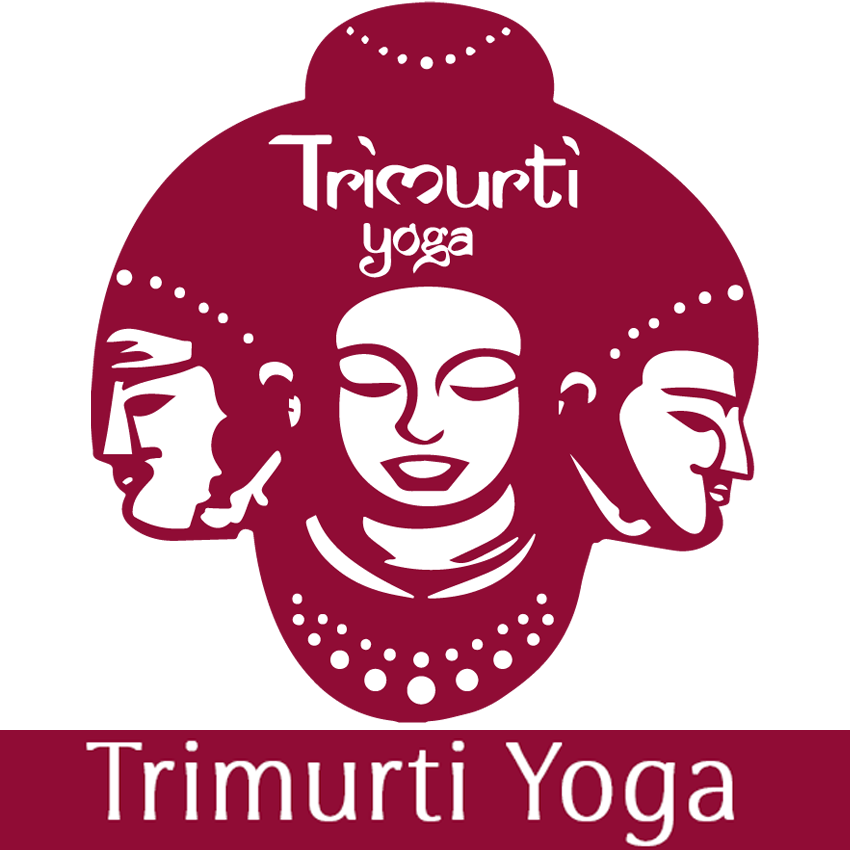
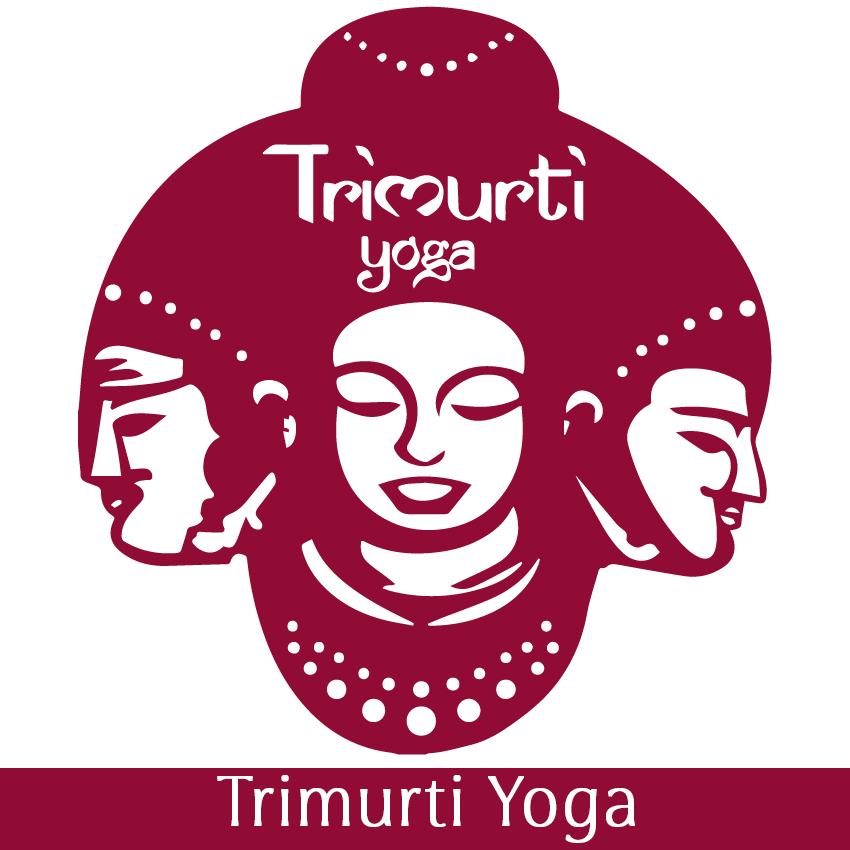
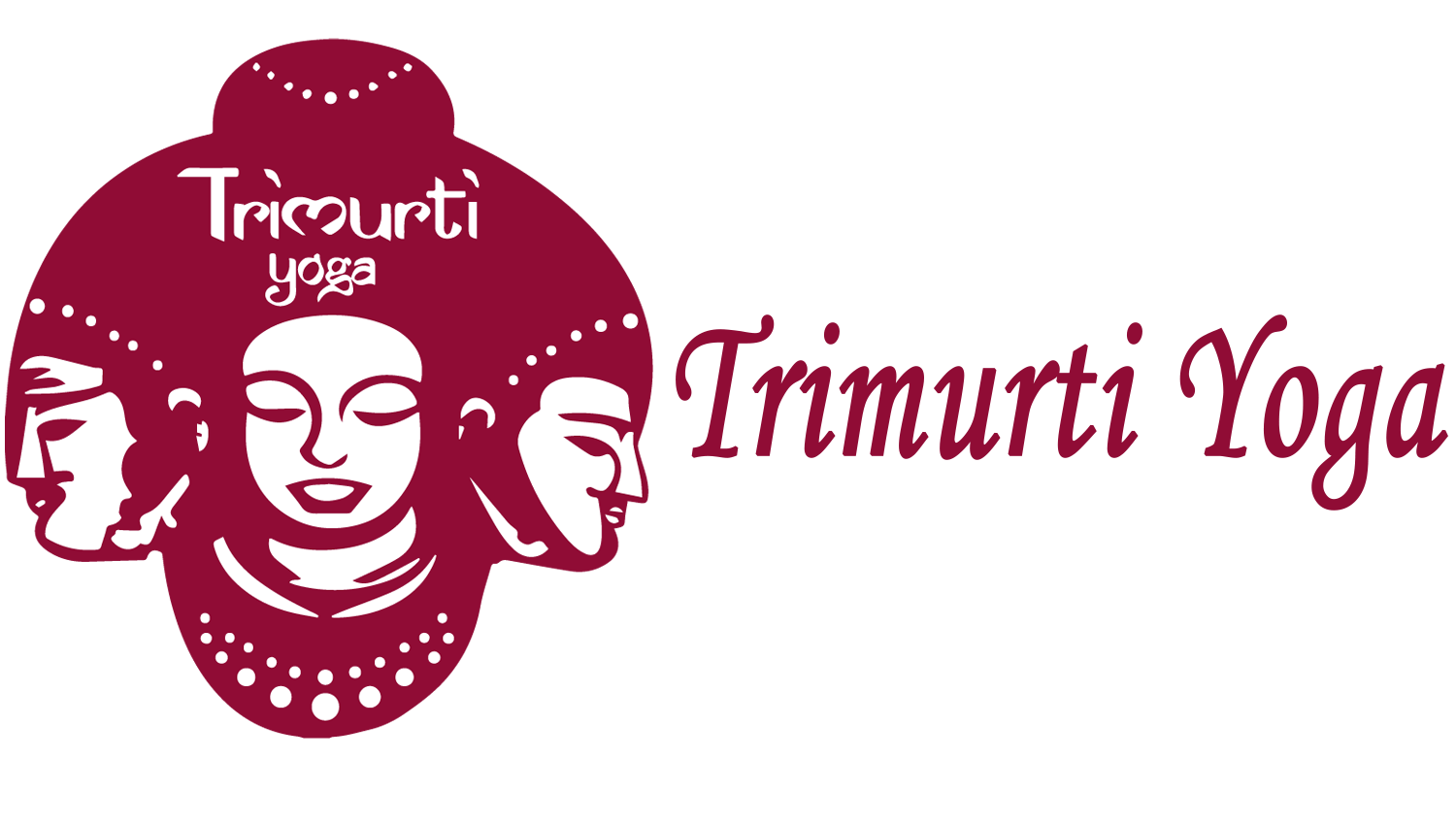
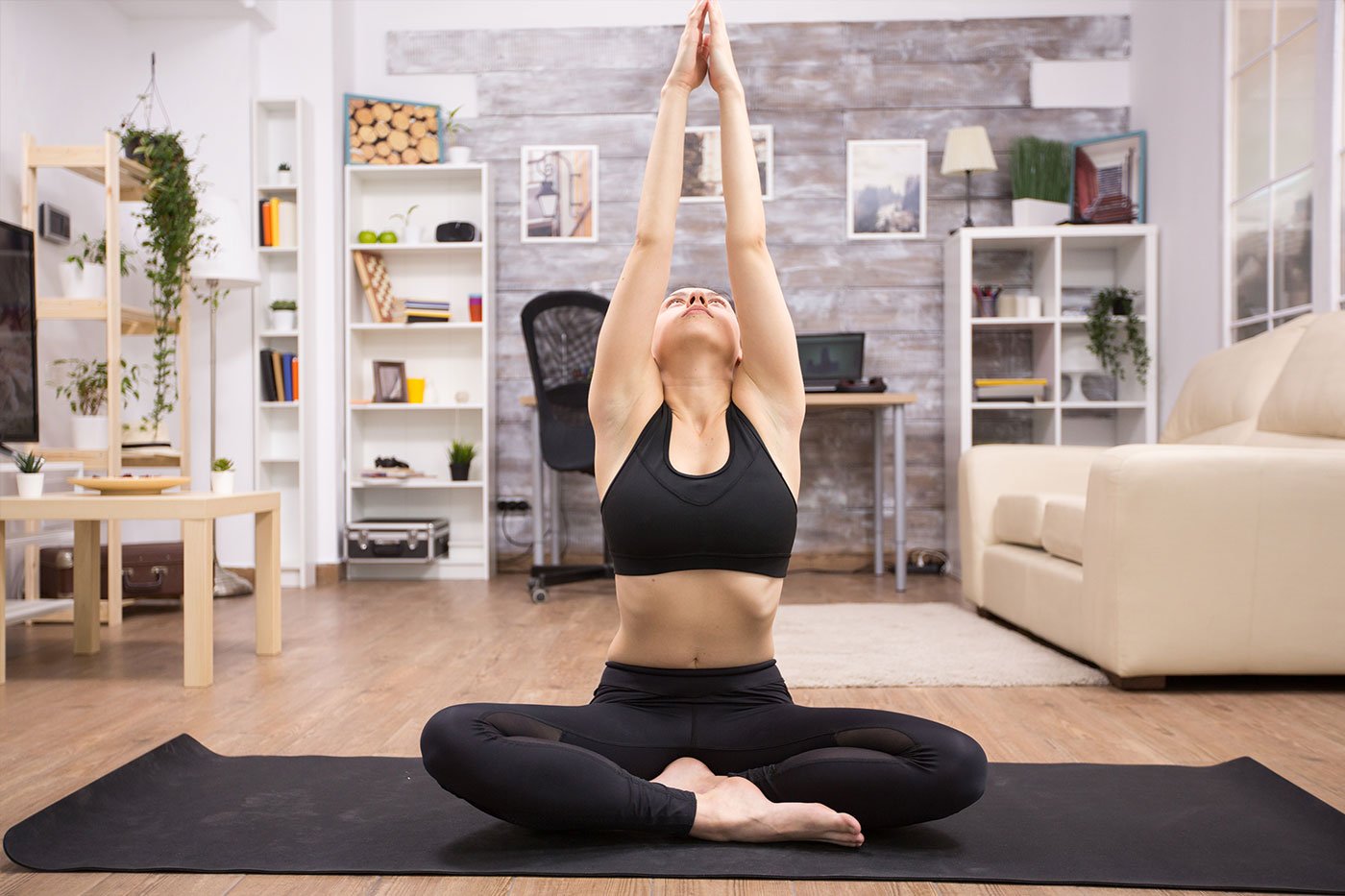
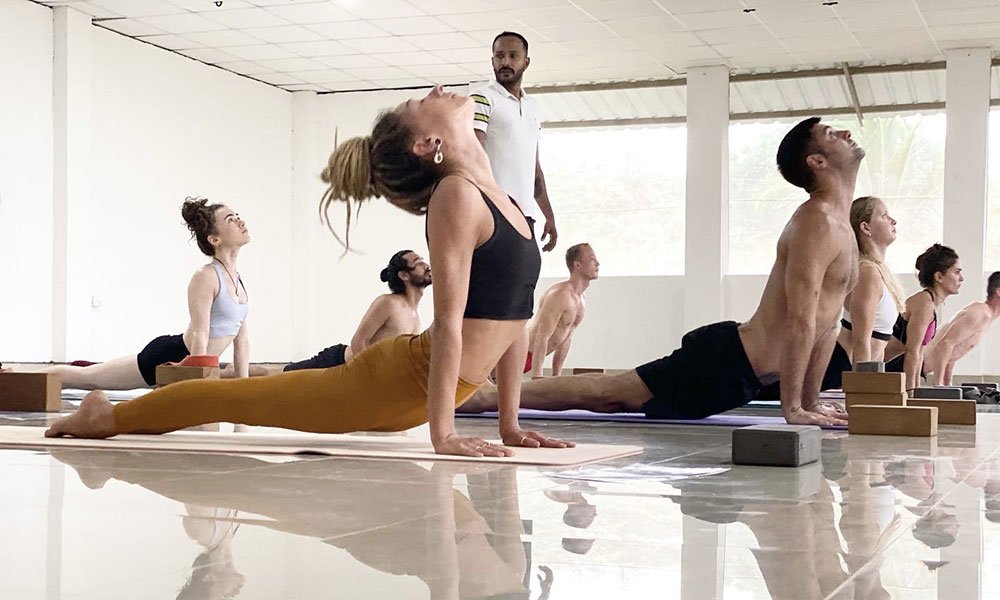
Leave a Reply